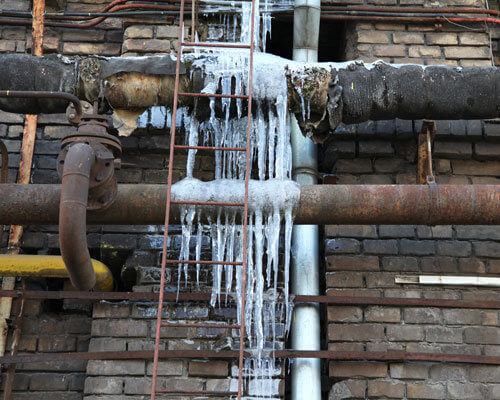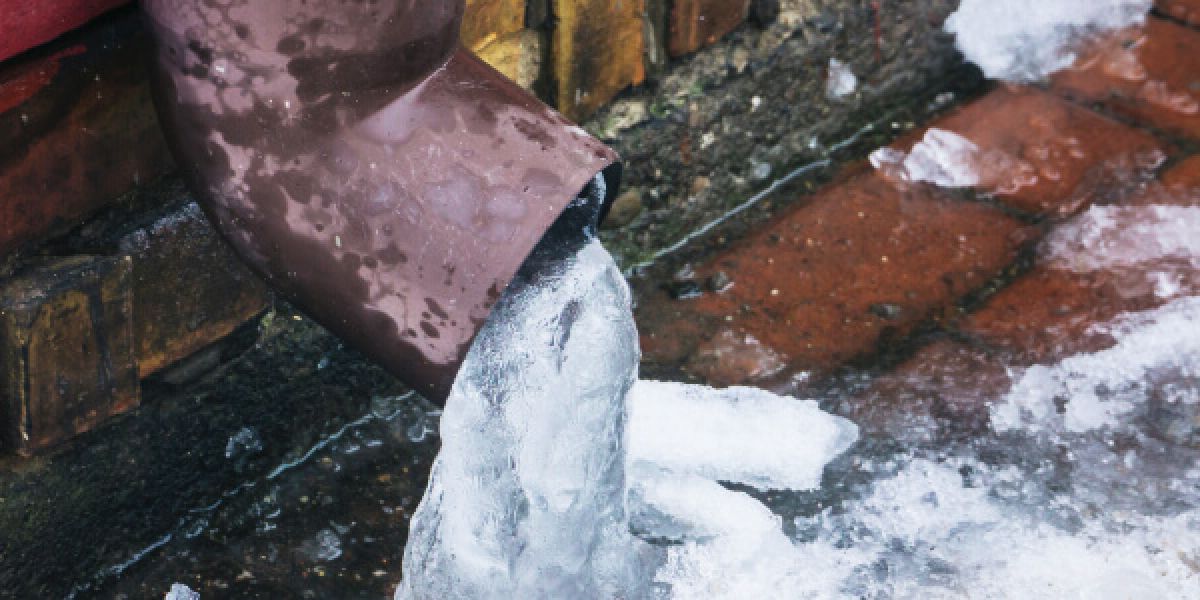Protecting Pipes from Cold Weather: Top Tips
Protecting Pipes from Cold Weather: Top Tips
Blog Article
On this page further down you can find additional good ideas pertaining to How To Avoid Freezing Pipes.

Winter can damage your pipes, especially by freezing pipes. Here's exactly how to avoid it from happening and what to do if it does.
Introduction
As temperatures decrease, the danger of icy pipes increases, potentially bring about expensive fixings and water damage. Comprehending just how to stop frozen pipes is critical for home owners in cold climates.
Recognizing Icy Pipelines
What causes pipes to freeze?
Pipes ice up when subjected to temperature levels below 32 ° F (0 ° C) for prolonged periods. As water inside the pipelines ices up, it broadens, putting pressure on the pipe walls and potentially triggering them to break.
Dangers and problems
Frozen pipes can lead to water interruptions, residential or commercial property damage, and pricey repairs. Burst pipelines can flooding homes and trigger comprehensive structural damages.
Indications of Frozen Piping
Recognizing frozen pipelines early can prevent them from bursting.
Just how to identify frozen pipelines
Seek lowered water flow from taps, unusual smells or noises from pipes, and visible frost on revealed pipes.
Prevention Tips
Shielding at risk pipelines
Cover pipelines in insulation sleeves or use warm tape to secure them from freezing temperatures. Focus on pipelines in unheated or external areas of the home.
Home heating strategies
Keep interior areas sufficiently heated up, particularly locations with plumbing. Open up cupboard doors to enable cozy air to circulate around pipelines under sinks.
Safeguarding Outside Plumbing
Yard hose pipes and outdoor taps
Disconnect and drain garden hoses before wintertime. Install frost-proof faucets or cover outdoor taps with protected caps.
What to Do If Your Pipelines Freeze
Immediate actions to take
If you think icy pipes, maintain taps available to eliminate stress as the ice thaws. Use a hairdryer or towels soaked in hot water to thaw pipelines gradually.
Long-Term Solutions
Structural modifications
Think about rerouting pipes away from outside walls or unheated locations. Add extra insulation to attics, basements, and crawl spaces.
Updating insulation
Buy premium insulation for pipes, attics, and walls. Correct insulation aids maintain regular temperatures and decreases the danger of icy pipelines.
Verdict
Protecting against icy pipelines needs positive measures and quick feedbacks. By recognizing the causes, indications, and preventive measures, property owners can safeguard their plumbing during cold weather.
Helpful Tips to Prevent Frozen Pipes this Winter
UNDERSTANDING THE BASICS: WHY PIPES FREEZE AND WHY IT’S A PROBLEM
Water freezing inside pipes is common during the winter months, but understanding why pipes freeze, and the potential problems it can cause is crucial in preventing such incidents. This section will delve into the basics of why pipes freeze and the associated problems that may arise.
THE SCIENCE BEHIND FROZEN PIPES
When water reaches freezing temperatures, it undergoes a physical transformation and solidifies into ice. This expansion of water as it freezes is the primary reason pipes can burst. As the water inside the pipe freezes, it expands, creating immense pressure on the walls. If the pressure becomes too great, the pipe can crack or rupture, leading to leaks and water damage.
FACTORS THAT CONTRIBUTE TO PIPE FREEZING
Low Temperatures: Extremely cold weather, especially below freezing, increases the risk of pipes freezing. Uninsulated or Poorly Insulated Pipes: Pipes located in unheated areas, such as basements, crawl spaces, or attics, are more prone to freezing. Insufficient insulation or lack of insulation altogether exacerbates the problem. Exterior Wall Exposure: Pipes running along exterior walls are susceptible to freezing as they encounter colder temperatures outside. Lack of Heating or Temperature Regulation: Inadequate heating or inconsistent temperature control in your home can contribute to frozen pipes. PROBLEMS CAUSED BY FROZEN PIPES
- Pipe Bursting: As mentioned earlier, the expansion of water as it freezes can cause pipes to burst, resulting in significant water damage.
- Water Damage: When pipes burst, it can lead to flooding and water damage to your property, including walls, ceilings, flooring, and personal belongings.
- Structural Damage: Prolonged exposure to water from burst pipes can compromise the structural integrity of your home, leading to costly repairs.
- Mold and Mildew Growth: Excess moisture from water damage can create a favorable environment for mold and mildew growth, posing health risks to occupants.
- Disrupted Water Supply: Frozen pipes can also result in a complete or partial loss of water supply until the issue is resolved.
WHY CERTAIN PIPES ARE MORE PRONE TO FREEZING
- Location: Pipes located in unheated or poorly insulated areas, such as basements, crawl spaces, attics, or exterior walls, are at higher risk of freezing.
- Exterior Pipes: Outdoor pipes, such as those used for irrigation or exposed plumbing, are particularly vulnerable to freezing as they are directly exposed to the elements.
- Supply Lines: Pipes that carry water from the main water supply into your home, including the main water line, are critical to protect as freezing in these lines can affect your entire plumbing system.
- Underground Pipes: Pipes buried underground, such as those connected to sprinkler systems or outdoor faucets, can be susceptible to freezing if not properly insulated.
https://busybusy.com/blog/helpful-tips-to-prevent-frozen-pipes-this-winter/

We hope you enjoyed reading our piece on Winter Plumbing Precautions: Preventing Frozen Pipes. Thanks a ton for taking time to read through our blog post. Sharing is nice. You just don't know, you may just be helping someone out. We treasure your readership.
Click Here Report this page